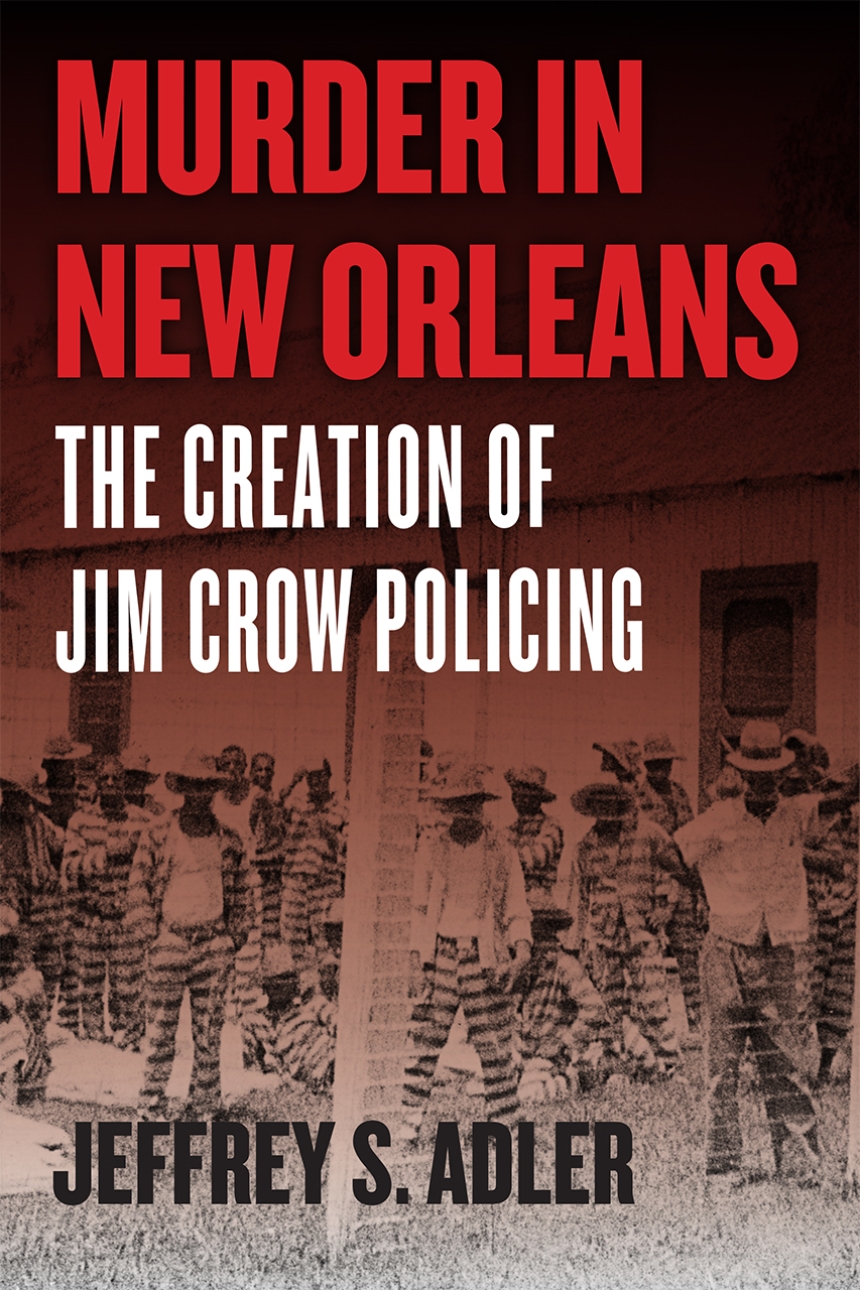Murder in New Orleans
The Creation of Jim Crow Policing
New Orleans in the 1920s and 1930s was a deadly place. In 1925, the city’s homicide rate was six times that of New York City and twelve times that of Boston. Jeffrey S. Adler has explored every homicide recorded in New Orleans between 1925 and 1940—over two thousand in all—scouring police and autopsy reports, old interviews, and crumbling newspapers. More than simply quantifying these cases, Adler places them in larger contexts—legal, political, cultural, and demographic—and emerges with a tale of racism, urban violence, and vicious policing that has startling relevance for today.
Murder in New Orleans shows that whites were convicted of homicide at far higher rates than blacks leading up to the mid-1920s. But by the end of the following decade, this pattern had reversed completely, despite an overall drop in municipal crime rates. The injustice of this sharp rise in arrests was compounded by increasingly brutal treatment of black subjects by the New Orleans police department. Adler explores other counterintuitive trends in violence, particularly how murder soared during the flush times of the Roaring Twenties, how it plummeted during the Great Depression, and how the vicious response to African American crime occurred even as such violence plunged in frequency—revealing that the city’s cycle of racial policing and punishment was connected less to actual patterns of wrongdoing than to the national enshrinement of Jim Crow. Rather than some hyperviolent outlier, this Louisiana city was a harbinger of the endemic racism at the center of today’s criminal justice state. Murder in New Orleans lays bare how decades-old crimes, and the racially motivated cruelty of the official response, have baleful resonance in the age of Black Lives Matter.
280 pages | 20 line drawings | 6 x 9 | © 2019
Historical Studies of Urban America
History: American History, Urban History
Sociology: Criminology, Delinquency, Social Control
Reviews
Table of Contents
Introduction
One: “It’s Only Another Negro Fight and Not Important”
Two: “If You Hit Me Again I Will Stick You with This Knife”
Three: “She Made Me Her Dog”
Four: “Give Me the Gat”
Five: “The Iron Hand of Justice”
Six: “Cheaper than a Dime Sandwich”
Conclusion
Acknowledgments
Appendix: Methodology and Sources
Index
